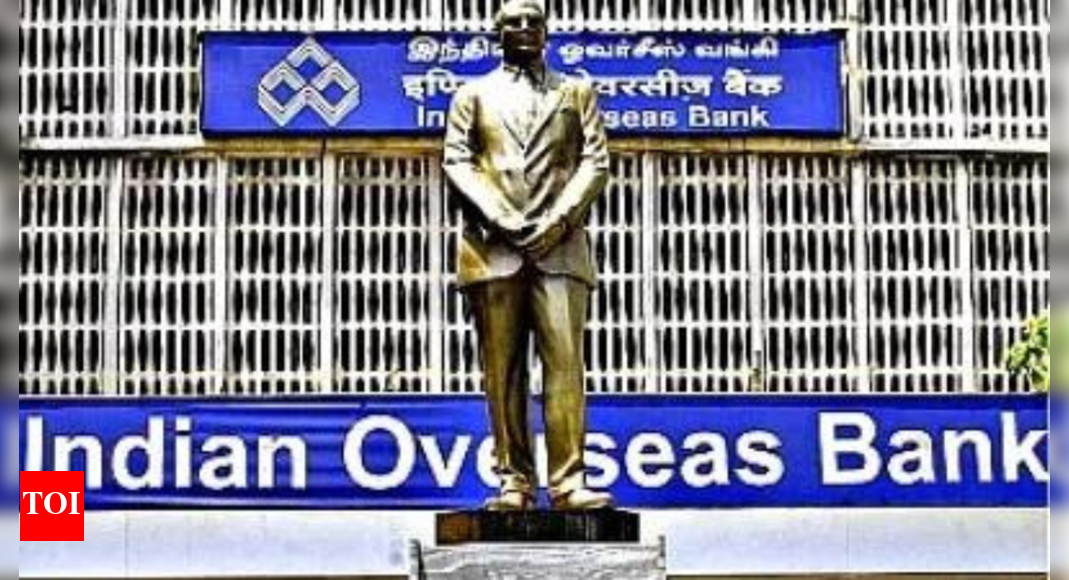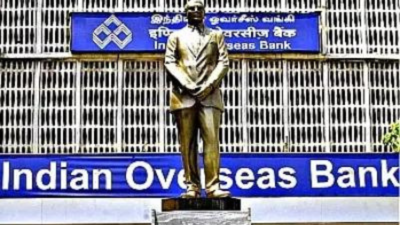Public sector lender Indian Overseas Bank (IOB) reported its highest-ever quarterly net profit of Rs 1,111 crore in the April–June 2025 quarter, marking a 76 per cent year-on-year jump from Rs 633 crore. The bank, headquartered in Chennai, said it is confident of sustaining and growing this performance through the rest of FY26.“Exactly. One hundred per cent sure. We are very confident of maintaining this and growing it from here,” said IOB Managing Director and CEO Ajay Kumar Srivastava, as quoted by news agency PTI. He pointed out that the net profit “quarter on quarter… is increasing” and the graph has been “very consistent.” He added that the Q1 growth came despite it typically being a “lean quarter.”In the previous quarter (January–March 2025), IOB had posted a net profit of Rs 1,051 crore — also a record at the time.Looking ahead, Srivastava said the bank is targeting 12 per cent overall business growth in FY26, similar to the previous year. “That is very comfortable to maintain. That is the minimum also. Beyond that also we are expecting to grow,” he noted.On recoveries, the bank aims to meet its Rs 4,500 crore annual guidance. “In Q1, we have done Rs 851 crore and remaining we are very very comfortably doing it,” Srivastava said. He added that IOB has recovered around Rs 4,500–Rs 5,000 crore annually in the last two years.IOB expects credit growth of 12–13 per cent this financial year. It is also in the process of obtaining approvals to open a branch at GIFT City in Gujarat. “We are in the process of getting approvals and depending on the approvals, we will be opening a branch. It is in our priority and we want to have one branch as early as possible,” he said.The bank’s gold loan portfolio remains a strong segment, especially in Tamil Nadu. Srivastava said the portfolio has consistently grown 37–38 per cent every year and is expected to maintain that rate this year as well.To support growth, IOB plans to raise Rs 4,000 crore in FY26, likely in Q3, through one or two tranches. Following the issue, the Government of India’s stake is expected to come down from 94 per cent to around 90 per cent, he added.




